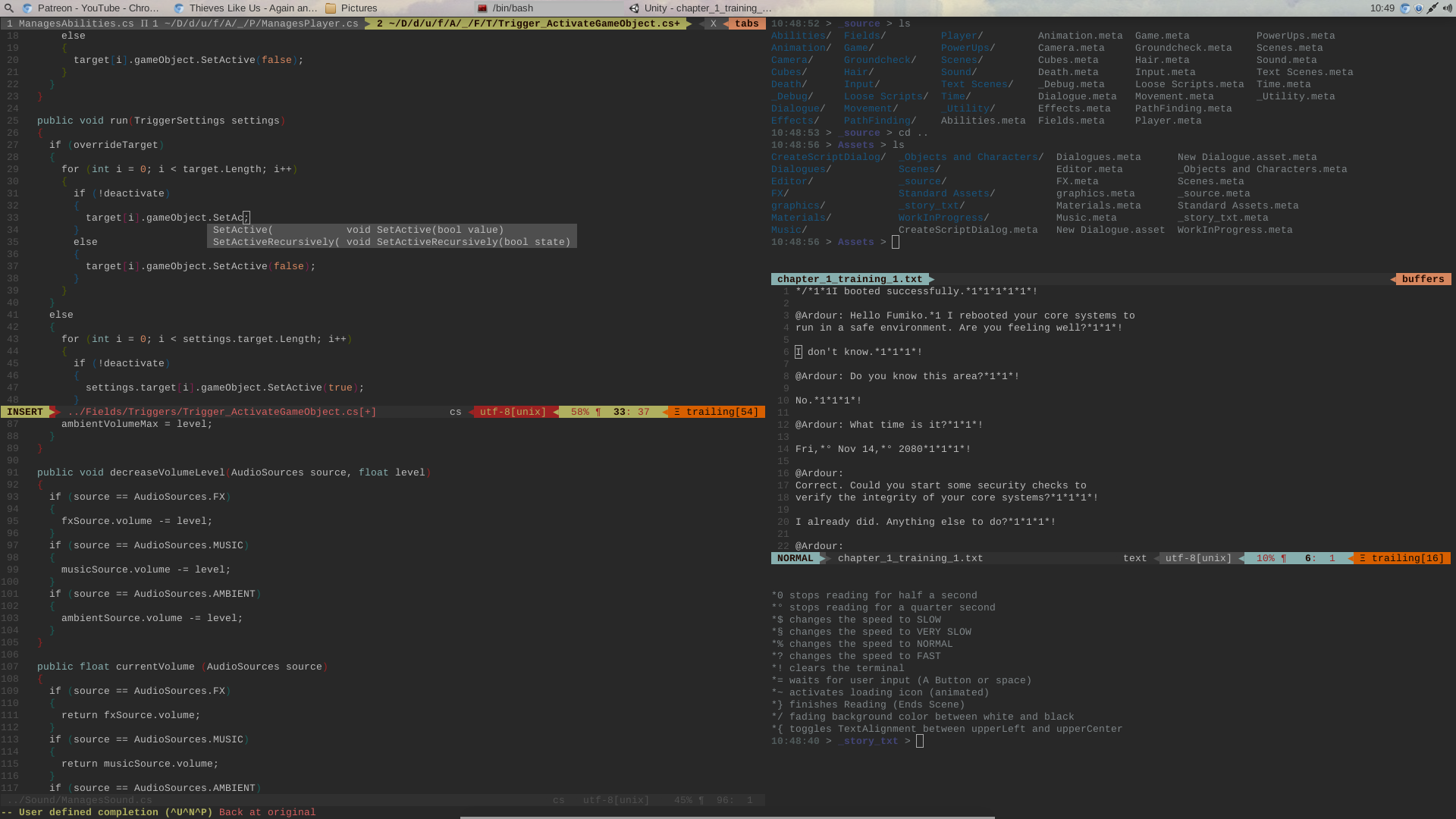

- #Installing vim plugins with pathogen how to
- #Installing vim plugins with pathogen install
- #Installing vim plugins with pathogen update
There are TONS of plugins out there to improvise Vim. In fact, plugins are one of the strongest points of Vim. In the case of Vim, there are a number of plugins available for all sorts of purpose. Plugins improve the functionality of the editor with various additional features that are not native to the editor. This is especially true to every well-known text editor. That’s why programs allow the usage of plugins. With stable and robust plugin support and a large community behind, Vim is the golden text editor you should start learning right now! Vim pluginsĭespite being a robust text editor, Vim doesn’t pack all the possible features possible. It’s mature, stable and expandable with all the powerful plugins available all over the internet. It’s more than 20 years old and still going strong! Despite having a low usage rate, Vim is one of the finest text editors one can ever have. In fact, Vi/Vim is one of the longest-living applications of all times. If you use a lot of plugins, you may consider sticking with a popular package manager.Ever heard the name of Vim? I bet you did! It’s one hell of a text editor. It is built-in and therefore less dependencies. In my opinion, if you're a minimalist and don't use a lot of plugins, package is for you. In terms of speed, I don't think there are significant differences. Some plugin manager handles async execution, some doesn't.
#Installing vim plugins with pathogen update
With package, you have to update and remove them manually. For example, vim-plug has :PlugUpdate where it checks for all plugin updates and :PlugClean to remove all unlisted plugins. Check what features your plugin managers have. Some may ask, "Do I need this? I am already using pathogen/ vundle/ dein / vim-plug".
#Installing vim plugins with pathogen install
With the advent of package feature, users can now install plugins without plugin managers. To load plugins automatically when Vim loads, Vim requires you to put your package inside start/ directory, inside a directory, inside pack/ directory (a little confusing at first):Įnter fullscreen mode Exit fullscreen mode

To use package feature, Vim will look inside pack/ directory inside ~/.vim, like: ~/.vim/pack/.
#Installing vim plugins with pathogen how to
I will show how to add it automatically and manually (make sure you uninstall/ remove NERDTree from your vimrc for now). In short, package is Vim's answer to provide native functionality for users to add 3rd party plugins.įor this demo, I will use NERDTree package. I will show how to add plugins using each methods in the next section. There are 2 ways to add plugins: automatically and manually.

Prior Vim's package system, if you don't use package manager, there is no buit-in one-stop directory where you can put all your plugins easily. All our plugins are later added into Vim's runtimepath (rtp). If you want to delete it, just remove that plugin's directory. When they come up with a new version, you only need to go to that directory and git pull latest version.

With packages, you can just drop your package (plugin) in Vim's designated directory ( pack/). Why is this useful? What problem does it solve? Why is this useful? What problem does it solve?.This post will show you how to install plugins using packages. Vim 8 has a built-in plugins support using packages ( :h packages).


 0 kommentar(er)
0 kommentar(er)
